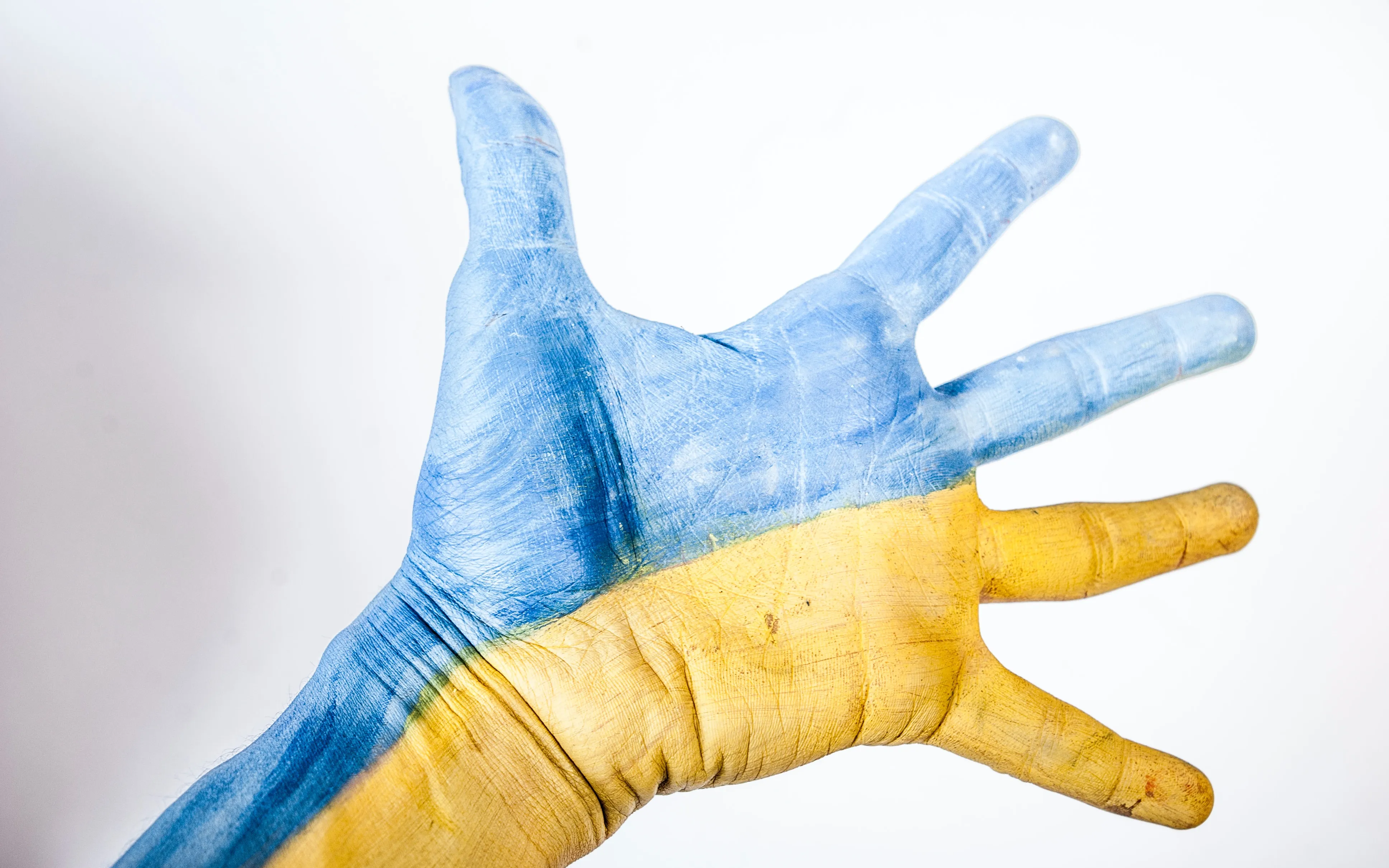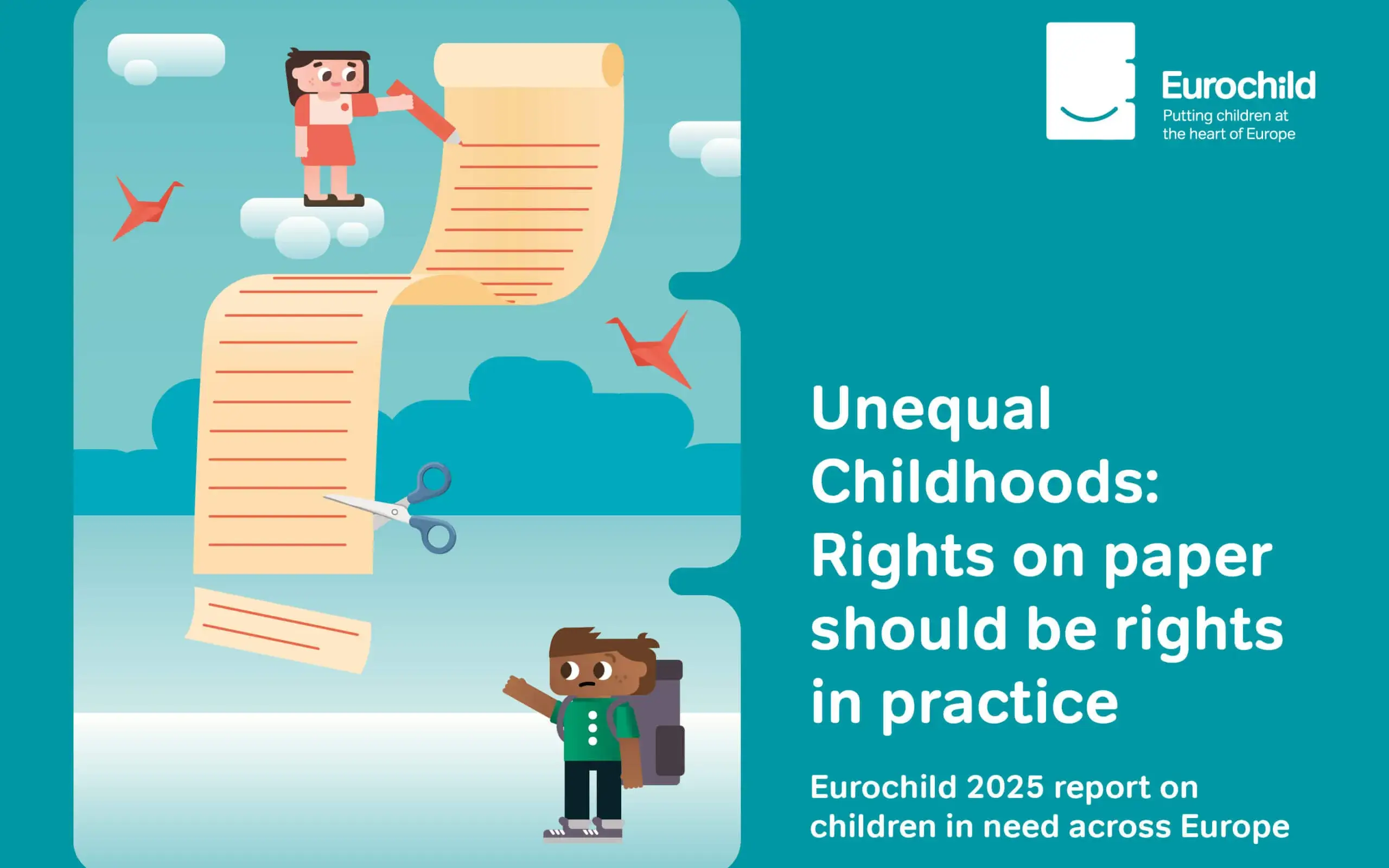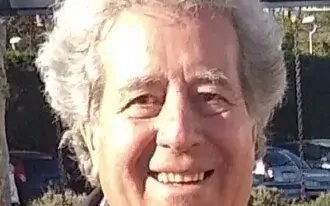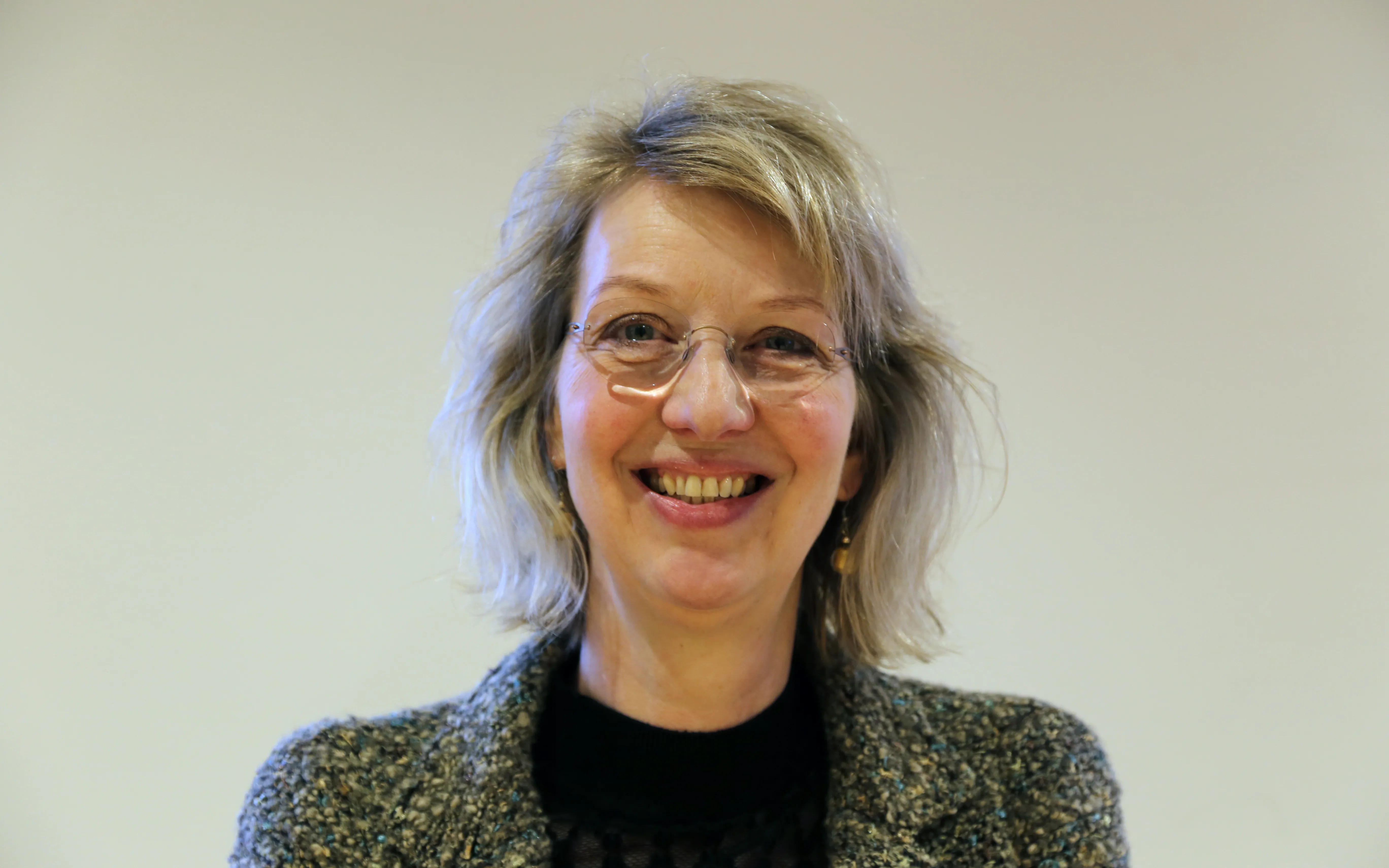Does any door need to be opened to guarantee help and protection to unaccompanied Ukraine children?
Eurochild, Child Circle, and UNICEF ECARO's Discussion Paper points to 5 key priority areas for action when considering the issue of care and custodial arrangements and guardianship for unaccompanied and separated children.
This piece is based on the article published by Eurochild with contributions from Ciaran O’Donnell, Policy and Project Officer from Eurochild, Stela Grigoras and Ina Verzivolli from UNICEF ECARO. Together with Child Circle, a centre of expertise on EU child rights and child protection policy with a focus on children in migration and child victims of violence, these experts have developed a Discussion Paper on guardianship, care arrangements and custodial responsibilities for unaccompanied and separated children fleeing Ukraine and arriving in the European Union.
The discussion paper addresses issues facing unaccompanied and separated children fleeing Ukraine and arriving in the European Union (EU). Looking ahead, the paper outlines 5 key priority areas for action to ensure the protection of children arriving from Ukraine and that their best interests are at the heart of decisions taken over their care.
1. Building knowledge of the circumstances of children as the situation evolves
Gathering and sharing information on what is happening, building an overview of what data is available, making data publicly available, regularly exchanging on trends at regional level and making recommendations on improving data collection and use at case management level.
2. Facing new challenges together, including adapting national processes where needed, to ensure the right care and custodial arrangements, and guardianship, are in place for every unaccompanied or separated child.
Identifying common issues of concern, reviewing together legal provisions and exploring recommendations for action to face common challenges in assessing, establishing or adapting care and custodial arrangements.
It may also be important to exchange experience and good practices regarding care and custodial responsibility and guardianship, or developing regional resources which could contribute to ensuring the right systems for care and custodial responsibility.
3. Embedding care and custodial arrangements and guardianship more firmly in the child protection system and bringing actors together to work, with the child at the center.
One way to achieve this could be developing a model for Standard Operating Procedures at national level which defines the roles and responsibilities of different authorities and actors as regards procedures put in place for children arriving from Ukraine.
This ideally should be rooted in existing procedures of this kind, with adaptations made to address the specific features of children arriving from Ukraine.
Where no such procedures exist, they should be developed as a general model as concerns the arrivals of children from third countries, with the provision for adaptations to address specific features for children arriving from Ukraine. The lessons learnt from this process may then be applicable to other unaccompanied and separated children arriving in the EU.
Also, child protection authorities should be included in a model Standard Operating Procedures concerning decision-making regarding potential transnational child protection cases and the implementation of transfers.
On the other hand, it would be necessary clarifying and strengthening the involvement of child protection systems in national and transnational referral mechanisms for dealing with trafficking cases.
4. Reducing complexity and creating harmonized case management procedures.
This could be done by exploring what processes can be put in place to create integrated case management systems which ensure that a child is able to access the right protection procedure, from the several that might apply, depending on their circumstances.
5. Building proper pathways to durable solutions for unaccompanied and separated children.
It would be necessary to develop regional guidance on establishing durable solutions for unaccompanied and separated children from Ukraine, including through transnational cooperation within the EU and with Ukraine, for family reunification, relocation, transfer or return.
Child Circle and UNICEF ECARO are exploring these challenges further in an in-depth analysis that that will be concluded later this year.
Meanwhile, for those who are interested, Child Circle and KIND Europe have further outlined some of the key areas in their Note on unaccompanied children fleeing from Ukraine.







Add new comment